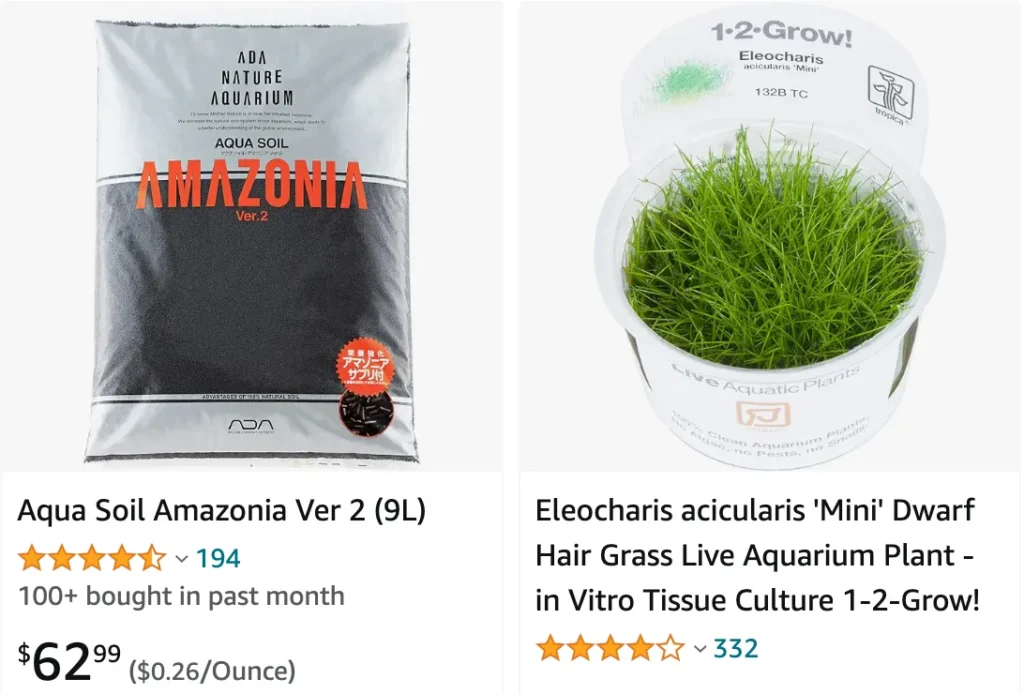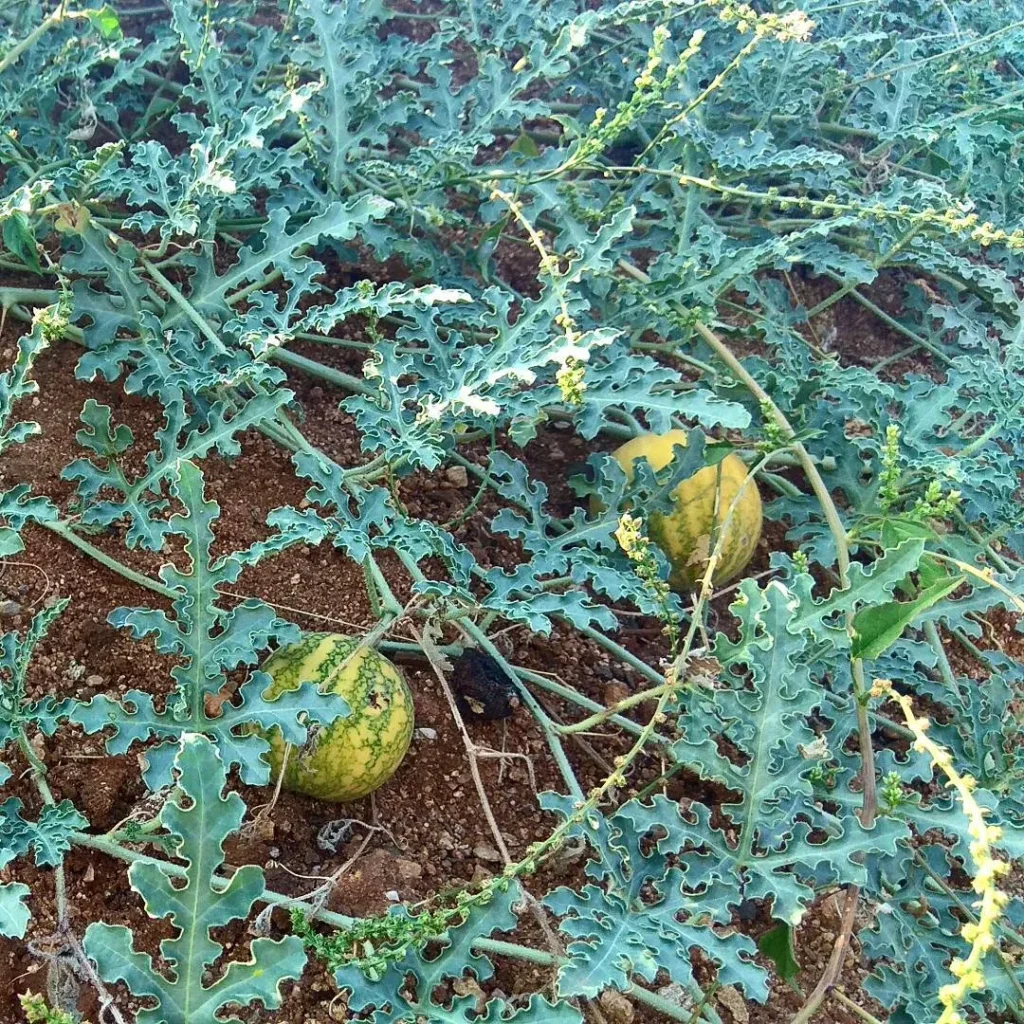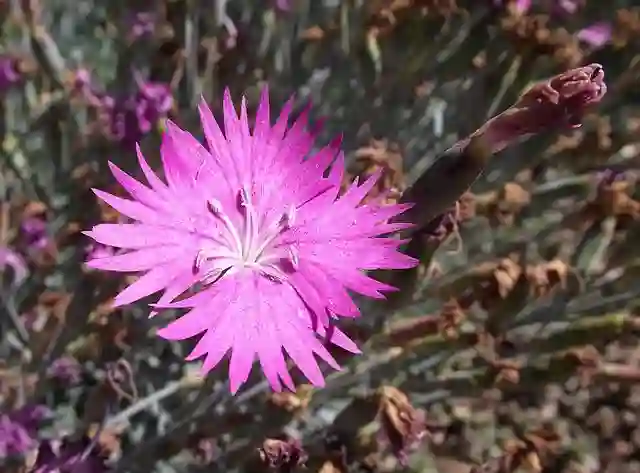
The Allure of Eleocharis Acicularis: A Carpet of Green in Your Aquarium
As an aquarium enthusiast, I’m always on the lookout for plants that add a touch of elegance and visual interest to my underwater world. That’s where Eleocharis Acicularis, also known as Needle Spikerush or Least Spikerush, comes in. This versatile plant, with its lush green, grass-like blades, has become a favorite in my tanks.
307 Species in Genus Eleocharis
Eleocharis Acicularis offers a unique aesthetic. It forms a dense, low-growing carpet in the foreground, creating a visual contrast with taller background plants. This not only enhances the overall depth perception of the aquarium but also provides hiding spots for smaller fish.
But Eleocharis Acicularis is more than just aesthetically pleasing. It’s a hardy plant that thrives in a variety of conditions, making it perfect for beginners and experienced aquascapers alike. In this article, I’ll share my experiences with this wonderful plant, covering everything from planting to care and propagation.
What Makes Eleocharis Acicularis Thrive?
Before diving into the practicalities, let’s get to know Eleocharis Acicularis a little better. This little powerhouse belongs to the Cyperaceae family and is found in various parts of the world, including Europe, Asia, North America, and South America. It’s an adaptable plant that can grow in both aquatic and semi-aquatic environments.
In the aquarium, Eleocharis Acicularis typically grows to a height of around 15 centimeters (6 inches). It boasts slender, needle-like blades that create a soft, feathery texture. Under the right conditions, it can even produce tiny flower spikes, adding a delicate touch to the underwater landscape.
Eleocharis Acicularis vs Parvula
I’ve grown Eleocharis acicularis and Eleocharis parvula side by side in my aquarium, and I’ve found that acicularis is a bit more vigorous and taller, giving a lush, grassy look to the tank. Parvula, on the other hand, stays more compact and uniform, which I appreciate for creating a low-maintenance carpet. If you’re looking for a dense, green mat with minimal fuss, parvula is my go-to.
Eleocharis Acicularis Mini vs Belem
I tried Eleocharis acicularis Mini and Belem in different setups, and while both are charming, Mini has a more refined, delicate appearance, perfect for smaller or more intricate aquascapes. Belem, however, grows slightly taller and can form a more pronounced carpet, which adds a different dimension to the tank. I favor Mini for its subtle elegance and ease of trimming.
How to Introduce Eleocharis Acicularis to Your Aquarium?
Planting Eleocharis Acicularis is a breeze. Here’s what you’ll need:
- Bunch of Eleocharis Acicularis
- Aquarium substrate (preferably sand or fine gravel)
- Tweezers (optional)
The Process:
- Separate the blades: Gently separate the bunch of Eleocharis Acicularis into smaller clumps.
- Prepare the substrate: Ensure your substrate is moist but not waterlogged.
- Planting: Using your fingers or tweezers, carefully plant the Eleocharis Acicularis clumps in small holes in the substrate, leaving some space between each clump for growth.
- Weighting down (optional): If the plants struggle to stay rooted, you can use small pebbles to gently weigh them down until they establish themselves.
Top Tip: Planting Eleocharis Acicularis in the foreground of your aquarium allows it to receive optimal light and creates a beautiful visual transition towards the background plants.
Fully Submerged or Just Dipping Its Toes? Can Eleocharis Acicularis be Grown Immersed?
The beauty of Eleocharis Acicularis lies in its versatility. It can be grown entirely submerged in water or in a partially submerged (emersed) state.
- Submerged: This is the most common way to grow Eleocharis Acicularis in aquariums. It thrives in water depths ranging from a few centimeters to around 30 centimeters (12 inches).
- Emersed: If you want to experiment, you can try growing Eleocharis Acicularis in a paludarium, where the plant’s roots are submerged but the upper part emerges from the water. This can create a unique visual effect.
Choosing Your Method:
The choice between submerged and emersed growth depends on your preference and the overall design of your aquarium. Submerged growth offers a classic, lush carpet effect, while emersed growth can add a touch of the natural world, mimicking the plant’s growth in marshes or riverbanks.
Does Eleocharis Acicularis Need CO2 Injection?
While Eleocharis Acicularis can survive without CO2 injection, adding CO2 can significantly enhance its growth and appearance. Here’s what you need to consider:
- Without CO2: The plant will still grow, but the growth might be slower, and the blades might appear less vibrant.
- With CO2: CO2 injection can lead to faster growth, denser carpets, and a richer green color.
Making the Decision:
The decision to inject CO2 depends on your goals and resources. If you’re a beginner or prefer a low-maintenance setup, CO2 injection isn’t strictly necessary. However, if you want to achieve the full potential of Eleocharis Acicularis and create a truly lush aquascape, CO2 can be a worthwhile investment.
How to Care for Eleocharis Acicularis?
Once planted, Eleocharis Acicularis is a relatively low-maintenance plant. Here’s how to keep it thriving:
- Lighting: Provide moderate to high lighting. Low light can cause the plant to stretch and lose its compact form.
- Nutrients: While Eleocharis Acicularis gets some nutrients from the water column, supplementing with root tabs or liquid fertilizers can promote healthy growth.
- Trimming: Regular trimming is essential to maintain a dense and aesthetically pleasing carpet. You can use trimming scissors to achieve the desired height and shape.
- Water Changes: Perform regular water changes to maintain good water quality and remove excess nutrients that can lead to algae growth.
The Joy of Sharing: How to Propagate Eleocharis Acicularis
The beauty of Eleocharis Acicularis is that it readily propagates, allowing you to expand your underwater garden or share with fellow aquascapers. There are two main methods:
- Division: As the plant grows, it will naturally form new shoots. You can carefully separate these shoots and replant them in new locations.
- Runners: Eleocharis Acicularis may send out runners along the substrate. You can cut these runners and plant them in new spots to create a denser carpet.
What to Plant With Eleocharis Acicularis?
Eleocharis Acicularis pairs well with various aquarium plants, creating a harmonious underwater landscape. Here are some ideas:
- Midground Plants: Stem plants like Rotala rotundifolia or Ludwigia palustris can add pops of color and texture in the middle ground.
- Background Plants: Taller plants like Vallisneria spiralis or Hygrophila corymbosa can provide a dramatic backdrop and create a sense of depth.
- Mosses: Mosses like Christmas Moss or Java Moss can be used to add texture and interest to hardscape features like rocks and driftwood.
By choosing compatible plants with different growth rates and heights, you can create a visually stunning and well-balanced aquascape.
Conclusion: Eleocharis Acicularis – A Plant for All Seasons
Eleocharis Acicularis is a truly versatile and rewarding plant for aquascapers of all levels. Its low-maintenance nature, beautiful aesthetics, and ease of propagation make it a fantastic choice for creating a lush and vibrant underwater world. So, whether you’re a seasoned hobbyist or just starting your aquascaping journey, Eleocharis Acicularis is sure to add a touch of elegance and visual interest to your aquarium.
If i die, water my plants!



